Image © Rosalind Hobley
In London-based artist Rosalind Hobley’s expressive cyanotypes, flowers assume a portrait-like quality through varied textures and supple shapes. In her Still Life series, a cast of dahlias, anemones, roses, and peonies sit like regal subjects. Originally trained in figurative sculpture, she uses light and shade to accentuate form and gesture. “I aim for my prints to have the weight and presence of a piece of sculpture,” she tells Colossal.
Cyanotype is an early form of photography, first invented in 1842, named for the monochromatic rich blue hue of its prints.


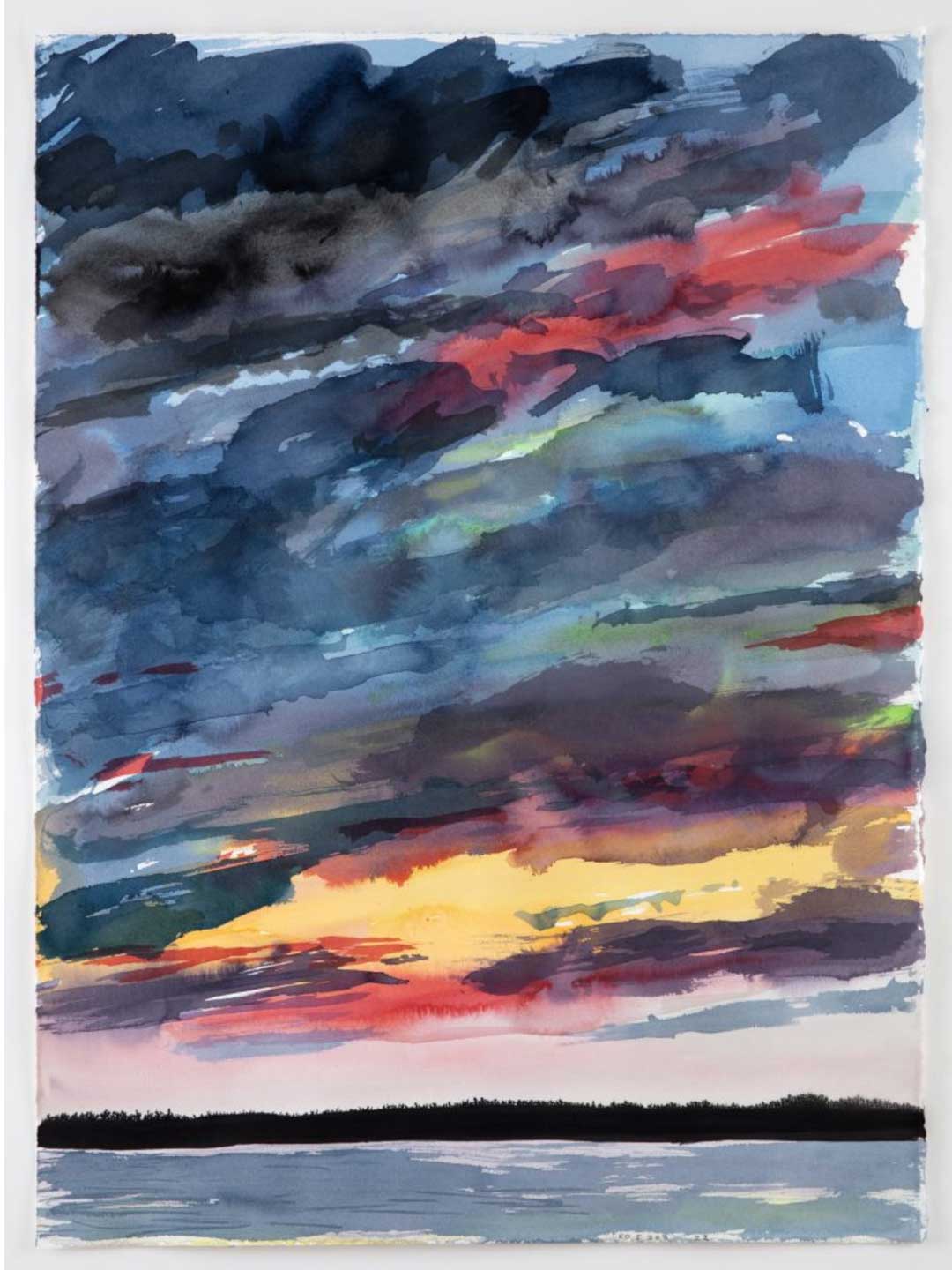
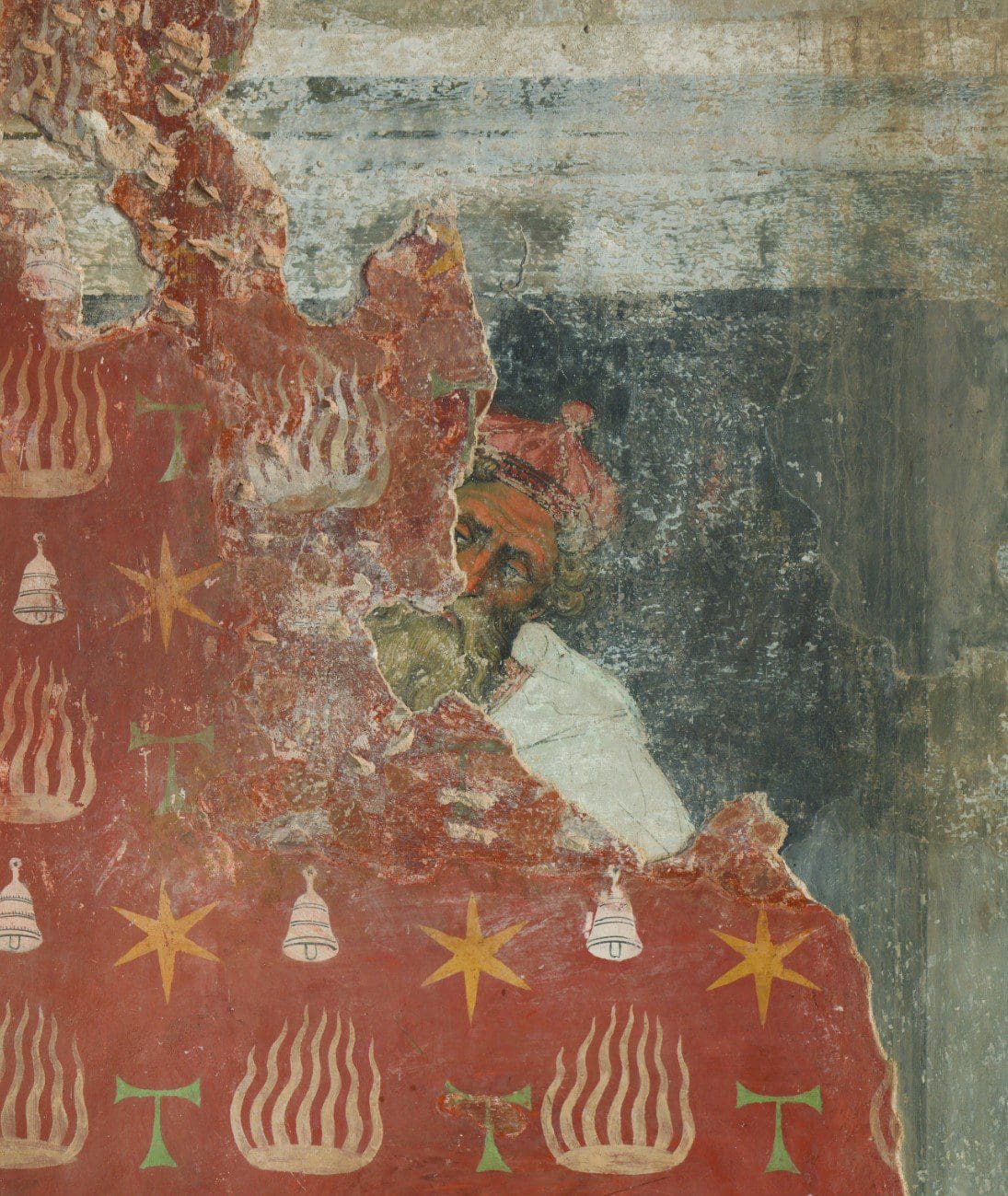
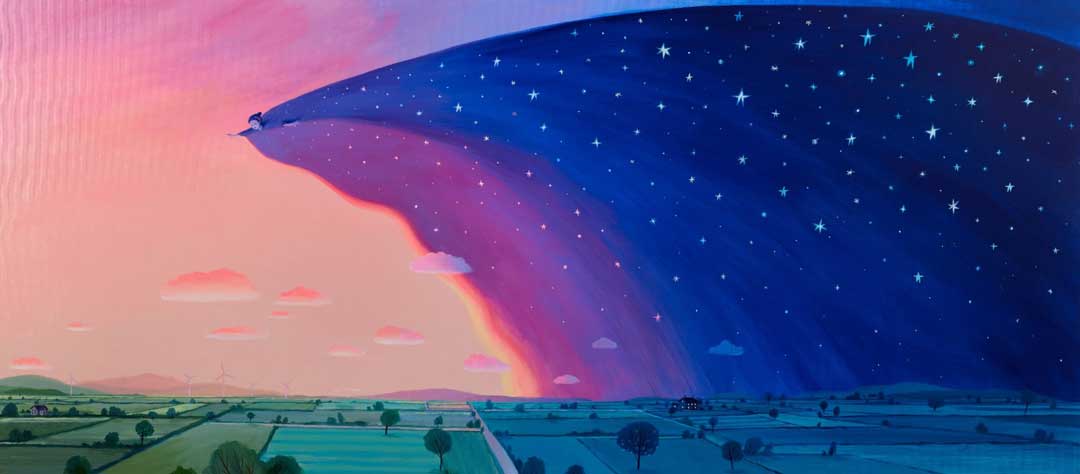

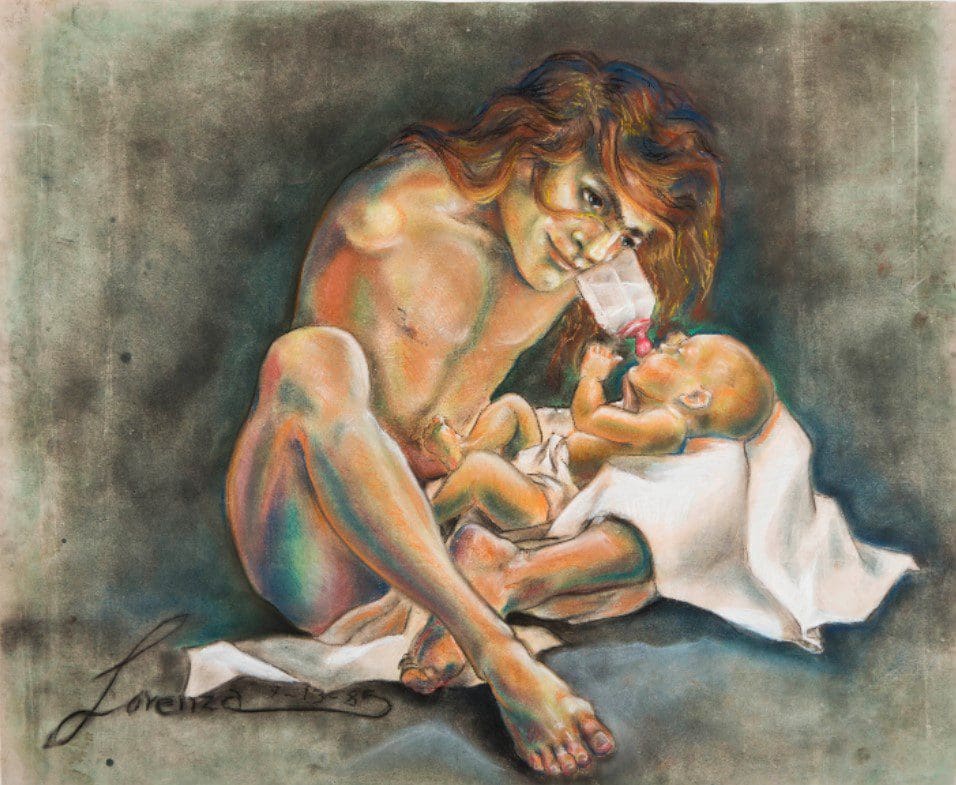

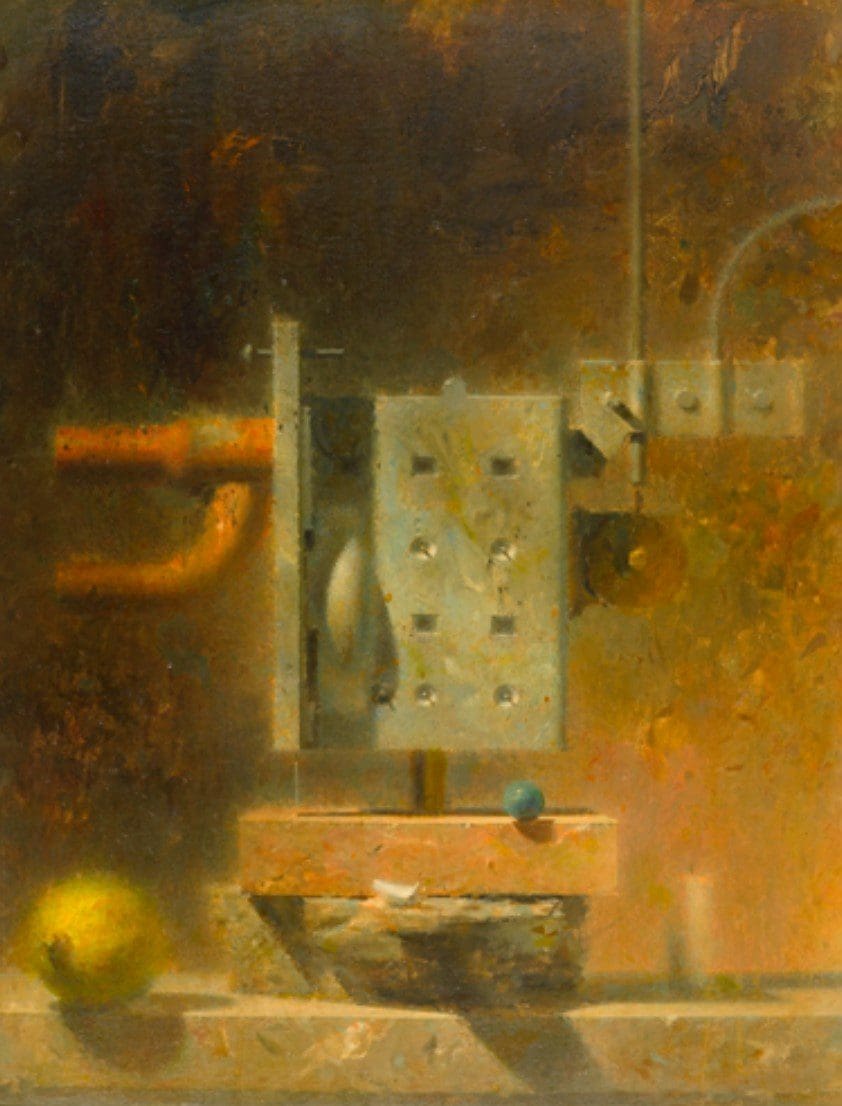

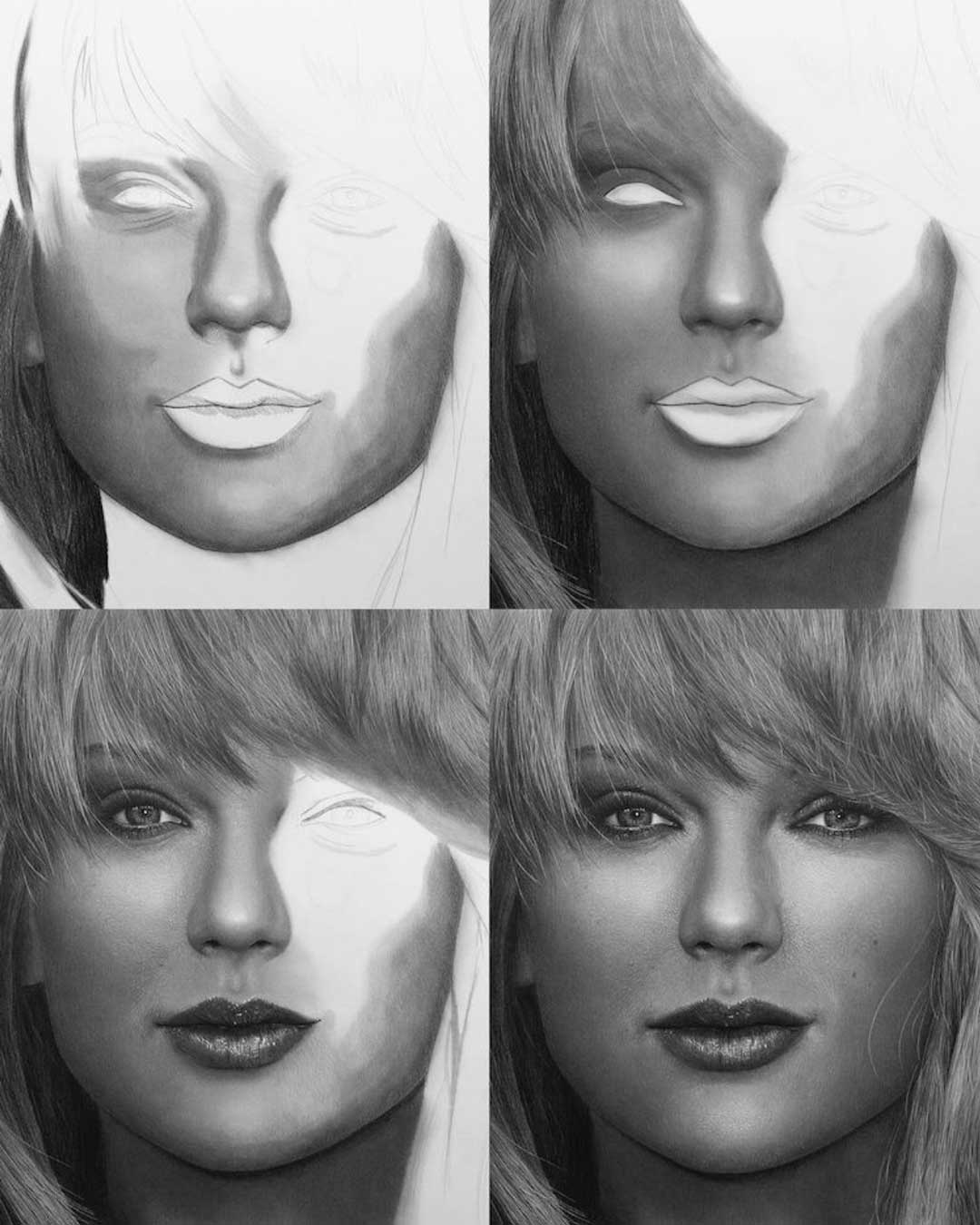
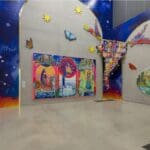



![Artist Shares Secrets of How To Draw Incredibly Realistic Portraits [Interview]](https://artistvenu.studio/wp-content/uploads/2023/12/Screenshot_242-150x150.jpg)
